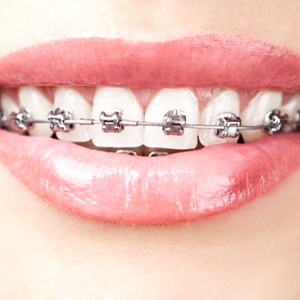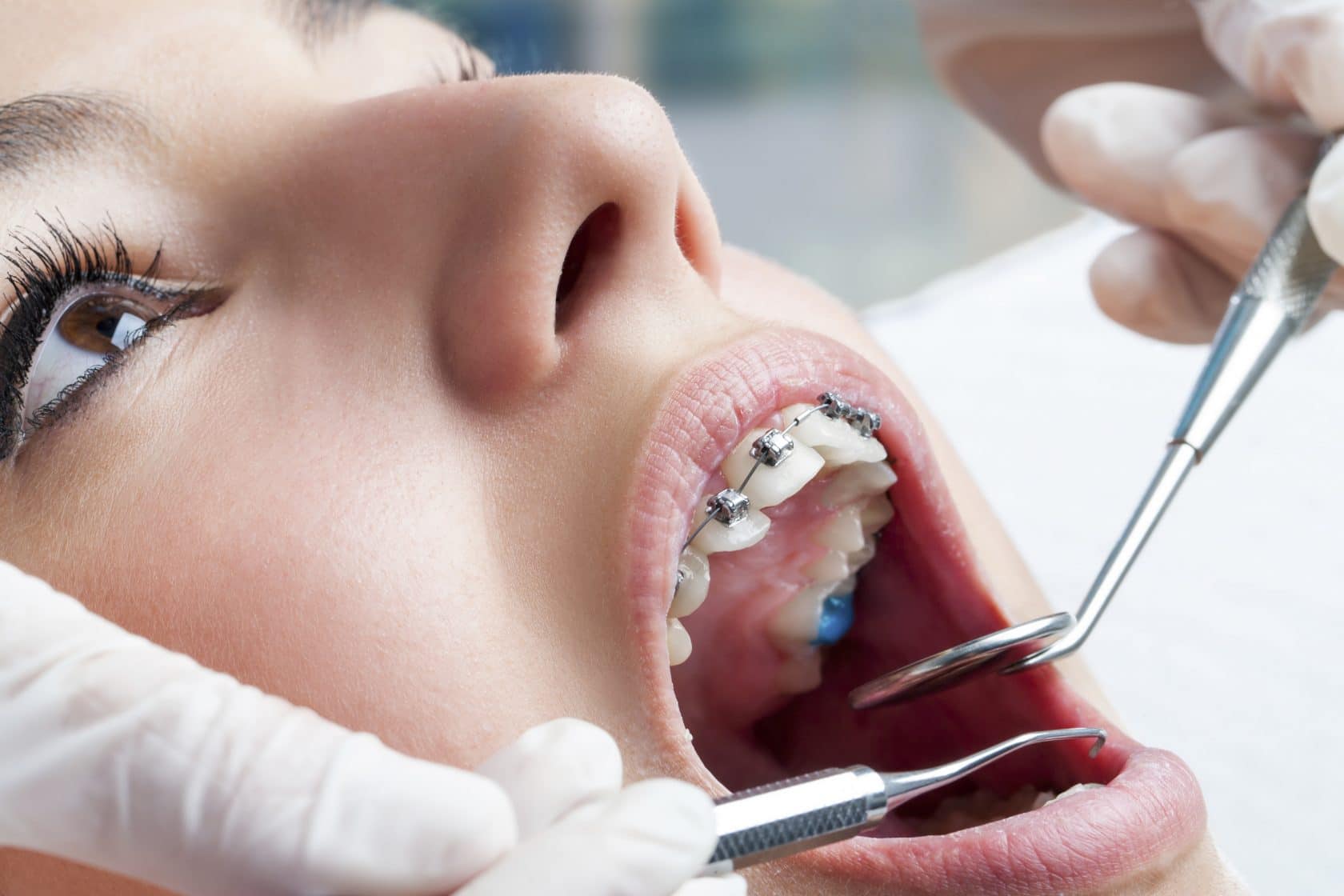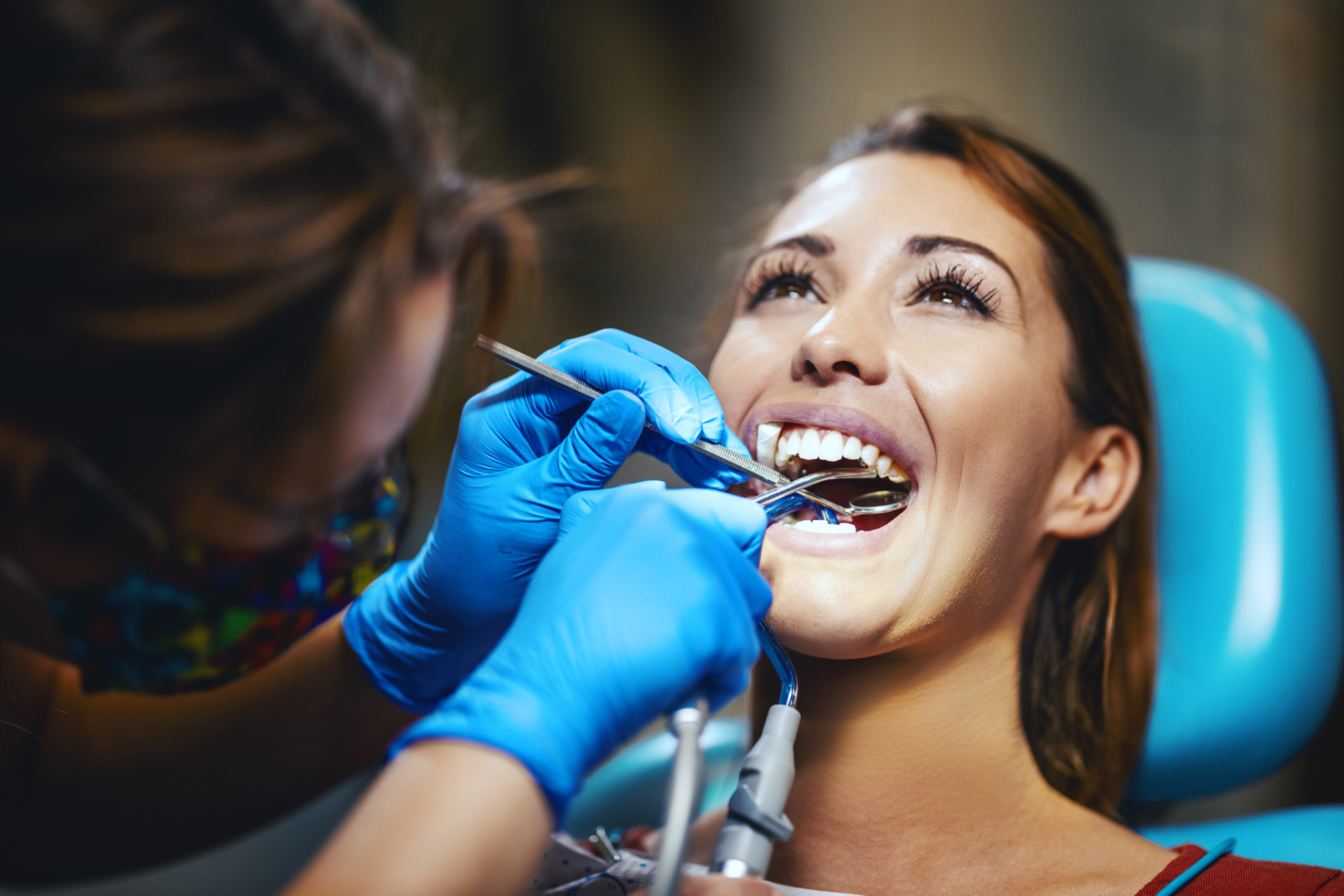Comprehensive Overview to Orthodontics Procedures for Fixing Dental Misalignments
In the world of orthodontics, the trip to achieving a completely aligned smile involves a myriad of treatments customized to remedy dental imbalances. From typical braces to unnoticeable aligners and even medical alternatives, the field of orthodontics supplies a variety of remedies to resolve differing degrees of dental abnormalities. Comprehending the details of each treatment, including their systems, benefits, and possible disadvantages, is vital in making educated choices regarding one's orthodontic treatment. As we navigate via the extensive overview to orthodontic treatments for fixing oral imbalances, the detailed details of each method will certainly unravel, clarifying the path towards a unified and functional oral placement.
Orthodontic Procedures Overview

Regular modifications and tracking are vital parts of orthodontic treatment to make certain development is on track and to make any necessary adjustments along the method. By going through orthodontic procedures, patients can not just attain a straighter smile yet likewise improve their total oral health and feature.
Standard Braces: Just How They Work
When taking into consideration orthodontic treatments for dental misalignments, typical braces attract attention as a time-tested technique for remedying teeth placing. Traditional braces are composed of braces, cords, and bands that work together to apply constant pressure on the teeth, progressively relocating them into the desired positioning. The braces are attached to the teeth using an unique adhesive, and the wires are threaded with the braces. By changing the stress of the cords, orthodontists can regulate the direction and force applied to each tooth, guiding them right into proper alignment in time.
As pressure is used to the teeth through the dental braces, the bone surrounding the teeth is improved to support the brand-new tooth placements. People will require normal modifications at the orthodontist's office to guarantee the braces continue to apply the correct stress for efficient teeth movement.
Unseen Aligners: Cons and pros
Unnoticeable aligners provide a very discreet and convenient option to traditional dental braces for correcting oral misalignments. These clear, personalized trays are basically undetectable when used, making them an appealing choice for people looking for a much more aesthetically pleasing orthodontic therapy. Among the primary benefits of invisible aligners is their removability, enabling easier upkeep of oral health contrasted to conventional dental braces. Patients can eliminate useful site the aligners prior to consuming or brushing their teeth, minimizing the threat of food getting stuck in the device and streamlining the cleansing procedure.

Surgical Orthodontic Options
Surgical interventions in orthodontics existing practical options for resolving complicated oral misalignments that may not be effectively settled with standard orthodontic treatments. While conventional dental braces and unnoticeable aligners can correct lots of orthodontic issues, specific instances require surgical treatment to accomplish optimal results. Surgical orthodontic alternatives are usually advised for serious malocclusions, substantial jaw discrepancies, and instances where the underlying bone structure requires alteration to achieve appropriate placement.
One common medical orthodontic treatment is orthognathic surgical treatment, which involves repositioning the jaws to remedy useful issues such as difficulty eating or talking. This surgical procedure is often done in cooperation with an orthodontist who helps line up the teeth prior to and after the treatment. Surgical orthodontics might likewise include treatments to reveal influenced teeth, get rid of excess gum tissue, or reshape the jawbone to produce an extra unified face account.
Prior to considering surgical orthodontic options, individuals go through a thorough evaluation to determine the necessity and prospective benefits of such interventions. cumming braces. While surgical treatment might appear daunting, it can substantially enhance both the function and looks of the smile in situations where traditional orthodontic treatments fail
Retainers and Post-Treatment Care

Failure to conform with post-treatment care directions can result in regression, where the teeth slowly relocate back towards their initial settings. Regular retainer wear, good dental hygiene, and click here for more info regular oral examinations are important for keeping the results attained through orthodontic surgical treatment and ensuring the long-lasting stability of the remedied dental positioning.
Verdict
Finally, orthodontic treatments offer numerous options for remedying dental misalignments. Typical braces utilize steel braces and wires to move teeth right go to these guys into correct positioning. Unseen aligners offer an even more very discreet alternative however might not be ideal for all cases. Surgical orthodontic options are readily available for more serious imbalances. Retainers are generally used post-treatment to preserve the new placement. Overall, orthodontic procedures can properly enhance oral health and wellness and aesthetic look.
As we navigate through the extensive guide to orthodontic treatments for correcting oral imbalances, the detailed information of each approach will certainly unfold, shedding light on the path toward a harmonious and functional oral placement. - cumming aligners
One of the most usual orthodontic therapies is the usage of braces, which consist of steel braces and cables that apply mild stress to slowly shift teeth right into the desired position.When considering orthodontic therapies for dental misalignments, traditional dental braces stand out as a tried and true technique for correcting teeth positioning. In addition, undetectable aligners may not be appropriate for complicated orthodontic concerns that need more considerable teeth movement, as they are usually suggested for mild to modest situations. Retainers are customized orthodontic tools created to hold teeth in their fixed positions after the conclusion of orthodontic therapy.